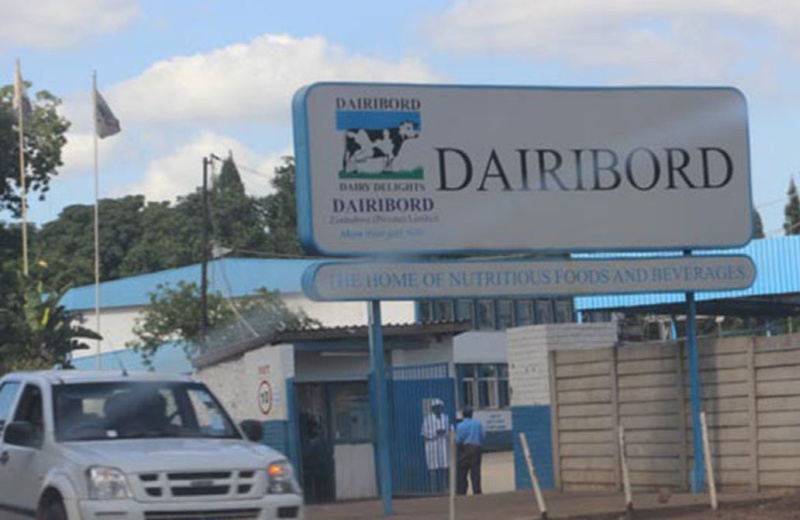Money supply growth triggers markets rally
The country’s monetary sector witnessed a marked increase in the level of money supply in the last four weeks and this could explain the upsurge in parallel market exchange rates and the bullish trend on the stock market.
Inflation also recorded an uptick in May although many other factors could have triggered the gain in month-on-month inflation.
On its part, the Zimbabwe dollar is a victim of low confidence levels that have been building up over the years.
Many economic players do not see it as a store of value and such low confidence levels become self-feeding leading to further depreciation of the local currency.
While exchange rates in the country are at most times driven by such negative sentiment and speculation, an increase in money supply of a weaker currency can also easily trigger exchange rate depreciation as economic players look to hedge against inflation and currency depreciation.
Reserve money, which had averaged below US$20.5 billion for the better part of the year, has been averaging US$22.5 billion since 23 April. Latest figures for the week ending 14 May show Reserve Money at a record US$22.91 billion.
Major shifts in money supply were in banking sector deposits at the RBZ , which increased from $17.62 billion at the end of March to $19.41 billion by 14 May 2021.
Significant movements were also recorded in terms of banks’ RTGS liquidity where balances increased from $12.47 billion at the end of March 2021 to $13.37 billion by 14 May 2021.
The increase in Reserve Money has, however, coincided with the depreciation of the Zimbabwe dollar on the parallel market, which is now widely used by economic players in pricing products and services.
As of Wednesday this week, street dealers were paying for US dollars at exchange rates between 125 and 130 and selling at an exchange rate between 135 and 140.
This is against the official exchange rate of 84.7259 as of Wednesday this week. It has hardly moved from 84.5032 at the end of April.
The stock market, which is seen as a hedge against inflation and currency depreciation has also been very strong during the period under review.
In May alone, the Zimbabwe Stock Exchanges’ market value has gained 19.54 percent as billions of local dollars continue to look for a home to store value.
The stock market gains are more than the 2,5 percent month-on-month inflation rate for May 2021.
While inflation has had an uptick, from 1.5 percent in April, there are other factors apart money supply growth that has been behind price increases.
At a time the Zimbabwe dollar has been depreciating against the US dollar, the latter has also been depreciating against the South African Rand.
This has resulted in imported inflation for the local economy which imports largely from South Africa.
Explaining the week to 14 May increase in Reserve Money, the Reserve Bank of Zimbabwe said the rise in reserve money reflected an increase of $196.44 million in banks’ liquidity (RTGS balances) at the Reserve Bank, coupled with increases of $162.55 million and $118.11 million in currency in circulation and required reserves, respectively.
The growth in money supply comes at a time the central bank has in place a monetary targeting framework meant to keep growth on a tight leash.
Explaining what could have triggered the latest surge in parallel market rates, market analyst Walter Mandeya pointed to the payment of maize farmers as a possible trigger.
“The Grain Marketing Board reportedly paid $2.89 billion to farmers who delivered grain to its depots throughout the country and they are probably buying forex with that money.
“Even if farmers are buying farming inputs and equipment among other needs, that money is finding its way into the economy fuelling demand for products and eventually foreign currency,” Mandeya noted.
As previously reported by this publication grain purchase could trigger inflation or leave farmers disgruntled.
Farmers are however happy with the GMB reportedly having paid all farmers to date. The inflationary pressures and exchange rate depreciation could thus be the other result of the increased money supply.
GMB chief executive officer Rockie Mutenha reportedly said at least $2 billion used to pay farmers came from Treasury.
Millers are then expected to buy from GMB to make grain purchase funds revolving.
However, with households likely to keep 1 million tonnes of maize in their granaries, sales from GMB are likely going to be slow and impacting the grain procurement and sales cycle and effectively funding.
Millers are also still receiving already imported stock, leaving excess liquidity on the market.
At the time of publishing, Mutenha had not responded to inquiries sent on his mobile phone on how much maize GMB had sold onwards to millers.
Apart from maize purchases, unconfirmed reports also say demand for the US dollar is coming from infrastructure contractors recently paid for their work.-ebusinessweeklyc.oz.w









